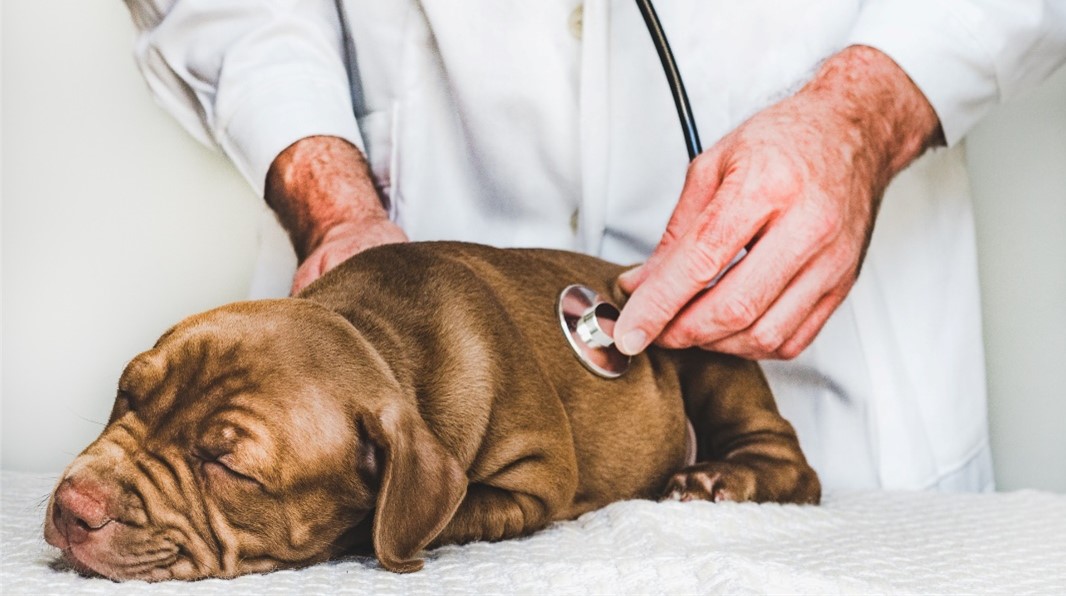Cynthia Maro of Pittsburgh is a veterinarian who lives and works a few short miles from the infamous derailed train accident in East Palestine, Ohio. In the following article, Dr. Cynthia Maro discusses the important, yet often overlooked ways to treat pets who have been exposed to noxious fumes or toxic chemicals like those near East Palestine.
When animals live in the vicinity of chemical disasters, owners are often worried about the effects of toxic levels of exposure, and rightfully so.
Cynthia Maro of Pittsburgh explains that when a pet is exposed to toxic chemicals, emergency veterinary care is the first thing a pet owner should seek. In less certain circumstances, there are a number of ways that pet owners can help treat and protect their animals - close observation, preemptive actions, and oral supplements can all be utilized to help prevent pets from experiencing the severe side effects of exposure, or even pre-mature death.
Below, Dr. Maro reviews how pet owners and their veterinarians can help treat animals that have been exposed to toxic substances via ingestion or skin contact.
Known Chemical Exposure
Cynthia Maro of Pittsburgh says that if an owner knows for certain that their pet has been exposed to a toxic substance, their first and only move should be seeking emergency care from a reputable veterinarian. Vets have the education and facilities to give animals the best chance of survival and recovery.
Veterinary Care
When a pet is taken to an emergency or traditional veterinary clinic after toxic chemical exposure, the staff will proceed with emergency supportive care, including IV fluids, oxygen therapy and possible chemical binding agents (for known or strongly suspected chemicals).
Pet who visit clinics for follow up to emergency care or those that visit centers that offer integrative care, such as Dr. Cynthia Maro's clinic, any number of the following measures may be employed to alleviate that toxicity:
- Treatment with glutathione, Vitamin C and various other vitamins, assorted amino acids, and other detoxifying agents via IV or intramuscular injection
- Treatment with ozone therapy via IV or rectal infusion
- Treatment with toxin-removing herbs via rectal infusion, topical foot or body soaks, or as oral supplements
- Treatment with electrolyte fluids via IV in combination with acupuncture or massage therapy
- Treatment with healthy lipids
Cynthia Maro of Pittsburgh explains that proper and immediate veterinary care will
prevent prolonged absorption of the chemical from taking place throughout the digestive system or skin layer, will provide supportive care to animals showing symptoms of toxicity, and can ultimately save a pet's life.
Suspected Chemical Exposure
If chemical contamination has occurred but toxicity has not been confirmed, pet parents can proceed with a number of steps in order to treat low-level exposure and protect their companion from chemical toxicity. Cynthia Maro says that these steps include observing the animal for signs of toxicity, taking preventative action to reduce the risk of contamination from the environment, and providing safe oral supplements to treat suspected exposure.
Observation
Close observation is one of the key components to protecting animals from chemical exposure and poisoning. Since chemical contamination can affect the water supply, air quality, and safety of the environment, warning signs of toxic exposure can vary widely. Cynthia Maro of Pittsburgh says that owners should be on the lookout for:
- Digestive issues such as vomiting, diarrhea, drooling, or food refusals
- Respiratory issues such as labored breathing, sneezing, and coughing
- Skin issues such as redness, itchiness, and inflammation/swelling
- Neurological issues such as incoordination, unusual lethargy or excitability, seizures, and tremors
- Signs of organ failure such as jaundice, weight loss, an increase or decrease in water intake and urination, and more
Observing and identifying these symptoms of chemical toxicity and poisoning is
one of the best ways for pet owners to get their pet the treatment they need in a timely manner.
 Preventative Measures
Preventative Measures
If there is a known risk of encountering chemicals in the environment, there are a number of preventative actions that pet owners should take to keep their pets safe from toxic exposure. These measures can include the following, but are not limited to:
- Using filtered or bottled water if the quality of the water supply is questionable
- Limiting in-house tracking by leaving all footwear in one area close to the main door or in the garage
- Brushing and massaging pets daily and bathing them weekly
- Wiping their fur with a damp towel to remove surface-level chemicals
- Using a foot bath for pets to clean their feet before they walk through the home
Oral Supplements
In addition to taking preventative measures to reduce an animal's risk of chemical toxicity, Dr. Maro states that there are a number of oral supplements that can be used to improve and maintain a pet's health if they are exposed to chemicals in their environment. These helpful supplements include:
- Dietary fiber through addition of high fiber foods like carrots or lacto-fermented carrots
- Organic detoxifying agents like cilantro
- Herbs for liver detoxification such as milk thistle
- Probiotics designed for pets
- Supplements marketed for overall gut health
Final Thoughts
With the combination of close observation, preventative steps, oral supplements, and professional veterinary care, pet owners can be highly efficient at both treating toxic exposure to chemicals and managing the risks of a contaminated environment.
 Preventative Measures
Preventative Measures